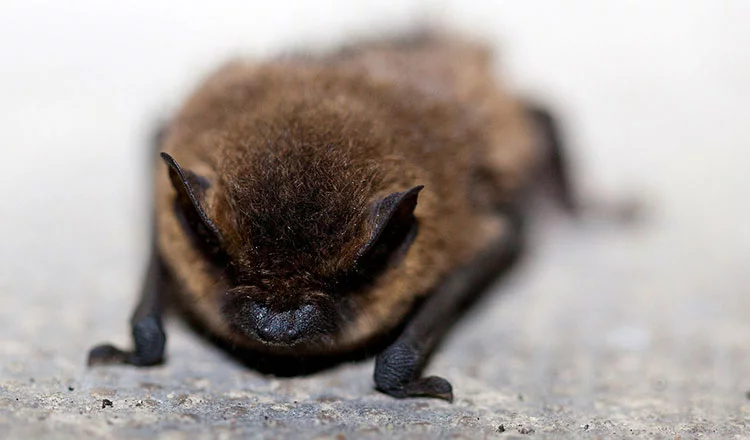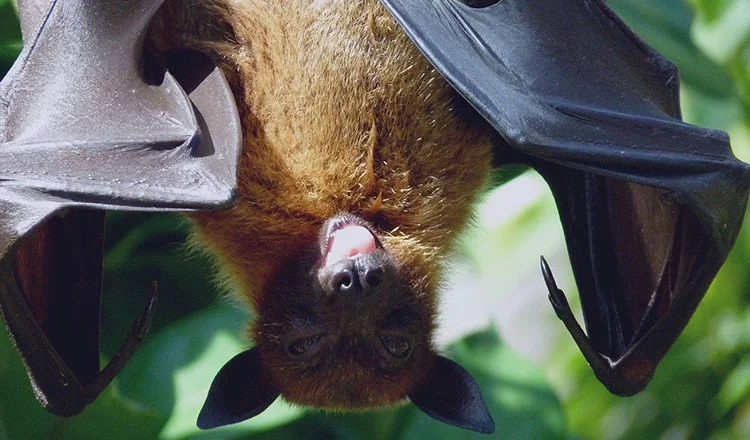Of all creatures I have had the to opportunity to be involved with, the bat is the most interesting. The bat is also a creatures that, outside of the science world, the general public knows very little about.
My own experience dates back to the late 1950s when I was a conservation officer. It was a time when rabies was first connected to bats in Ontario.
Although bats are much feared creatures, they actually do us a great service.
Bats and the birds that swarm our night skies are a huge benefit to humans as they feed on the flying insects that are bothersome to humans, as well as the insects that carry deadly diseases.
Within the farming community, bats are a great asset for keeping the population of insects that feed on grains and other produce.
A common guess is that the bat belongs to the rodent family. Not so.
The University of California Museum of Paleontology states that, “Bats are not closely related to mice at all. Though their exact placement is still uncertain, there is recent evidence that they may be more closely related to the primates.”
This was a surprise to me. But the teeth structure was almost identical to the chimpanzee – and the chimpanzee, if you believe in evolution, has an evolutionary path in common with humans. The Smithsonian Institution’s web page for the study of human origins states that humans and chimpanzees share a common ancestor that lived between eight and six million years ago.
What may also surprise you is that bats are the largest group of living mammals, second only to the rodents. In total, there have been in excess of a thousand species of bats known to man.
In the Yukon we have the little brown bat, the northern long-eared bat – both of which are on Canada’s endangered species list – and the big brown bat.
Dispelling the mythology on bats
Many people are afraid of bats due to a wrongful mythology. Bats will not get tangled in your hair. They are not an evil species and bats are not blind. True, there are blood sucking bats, but not in North America. There are also fruit eating bats and bats with a four foot wingspan but once again, not in North America.
The effect humans have on bats
Bats are highly beneficial to humans, but humans are one of their worst enemies.
Old buildings harbouring bats are being torn down.
Humans are using pesticides and insecticides that can kill bats.
And the worst killer of bats right now is a disease called white-nose syndrome, which is found in caves. This disease is transmitted through a centuries old, white powdery fungus that gets onto the bat’s nose while it is in winter hibernation and wakens it. Consequently the bat flies out in the cold to get food, but there are no flying insects in winter and the consequence is fatal. Another killer is wind turbines. The United States Fish and Wildlife service has estimated that in addition to the approximately 440,000 birds killed annually by the giant wind turbines, bats are also being killed in large numbers.
I encourage readers to go up to the Yukon Legislative Building in Whitehorse and pick up the free booklet called “Yukon Bats.” It is an exceptionally informative read.
For more information click here!


